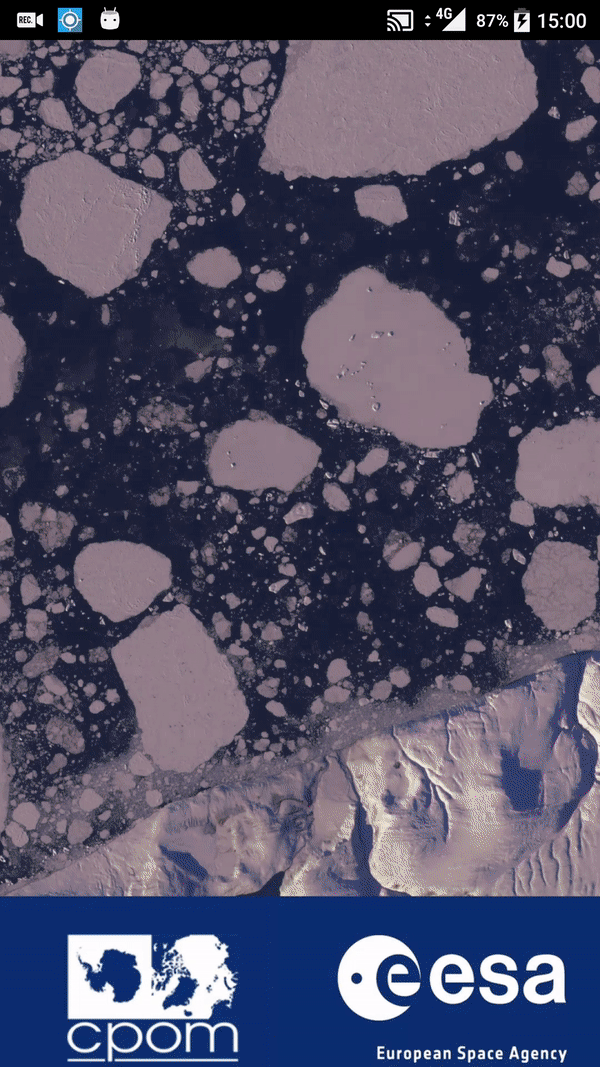In summer 2016, a fellow student and I were selected as the first two summer placements the CPOM group has ever employed. With the initial briefing of “Do something cool with our data”, we were tasked with using the ice thickness data from CPOM and doing something cool with it that would get into the hands of more people.
SeaIce
After looking at the resources that CPOM already had available to the public, I decided a mobile app – to visualise the ice data in a similar way to the existing data portal – could be a nice way to get the data into more hands, with the added benefit of being portable, and with access to all the technologies on a smartphone. Thus, SeaIce was born.

The app itself shows a segmented view of the Arctic sea ice thickness from 2010 to the present day, with detailed maps and average trends throughout the entire time series.
With access to the phone’s GPS, there is also the ability to track the user on an expedition through the Arctic – which they can then process in order to display how the ice along their route has varied throughout 3 main periods (Spring 2016, Winter 2015, Autumn 2015).

You can find SeaIce for IOS and Android operating systems here:
3 ≈ 9
For the first 3 months, over the summer break, I was working closely with CPOM staff in the CPOM offices. I had great access to all the support and resources I needed, and they were all happy to answer any sea-ice-related questions I had! I was also given the opportunity to join the CPOM annual meeting in Castleton where I got to meet the extended CPOM family for a weekend and learn all about the cutting-edge research being done by the group.
At the end of the initial 3-month placement, the app was fully laid out and the idea was set in motion. Fortunately, the group were nice enough to let me continue working on it whilst I was back at university, and 6 months later, the finished product was published to iOS and Android app stores.
Overall, it’s been a great experience working with a great research group. I’ve learned more than I thought possible about sea ice, and gained real experience in the research world.


